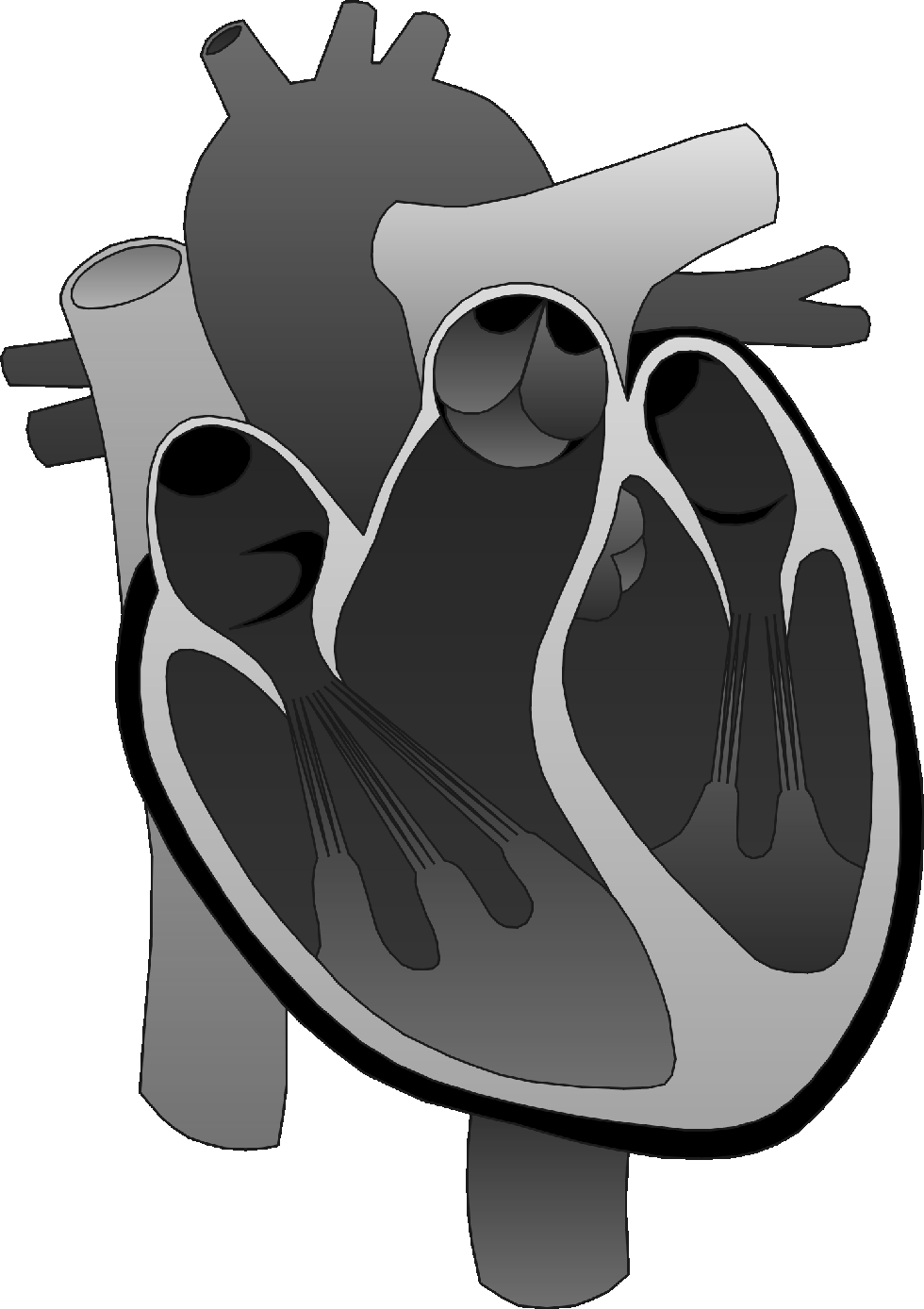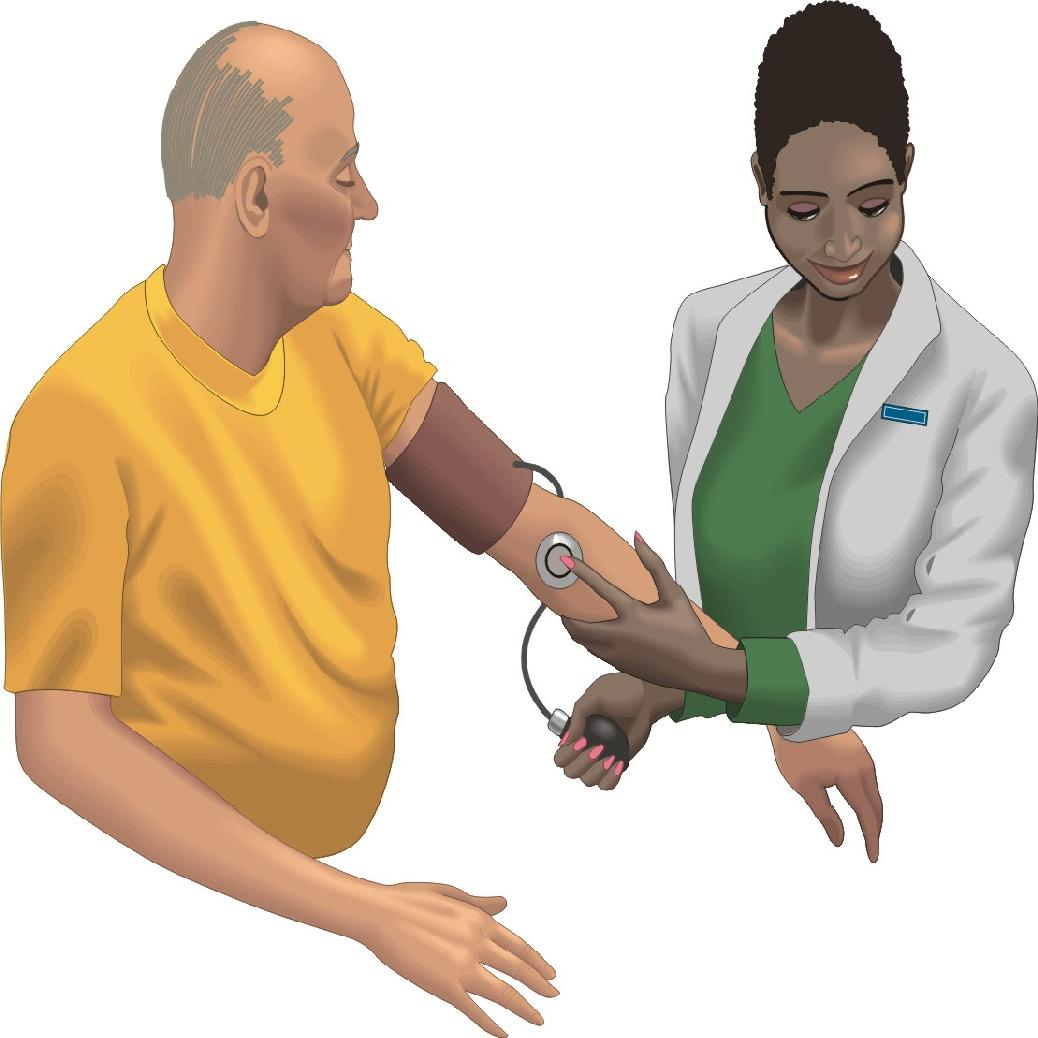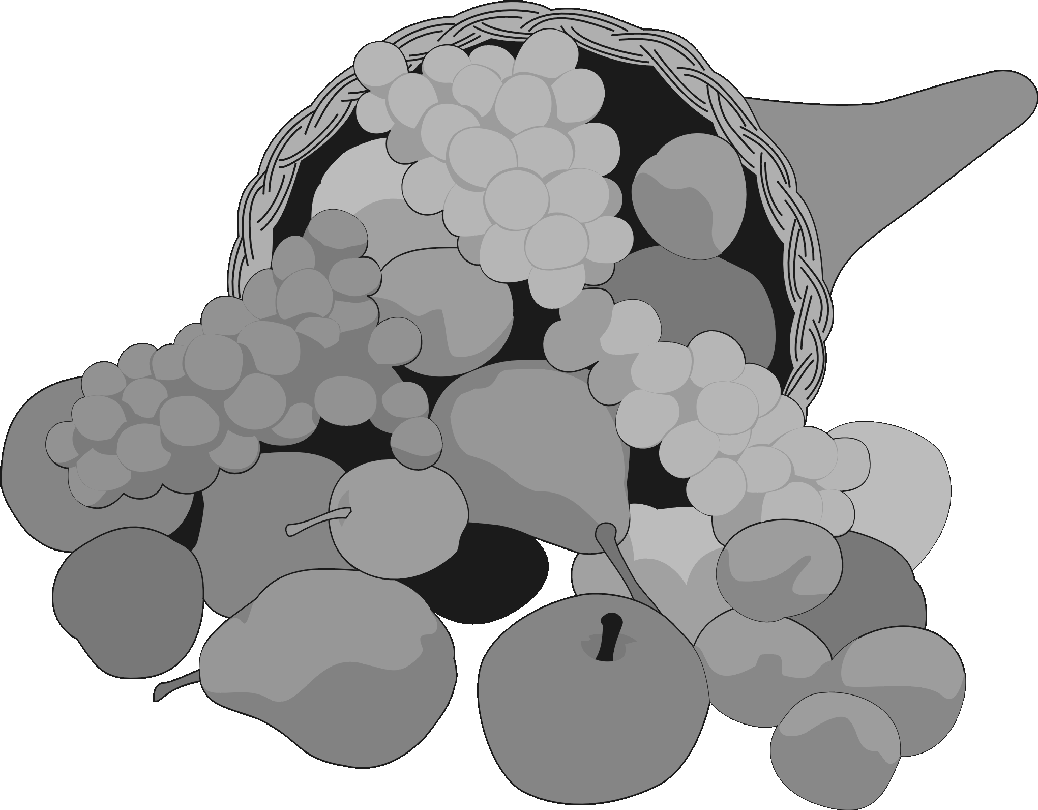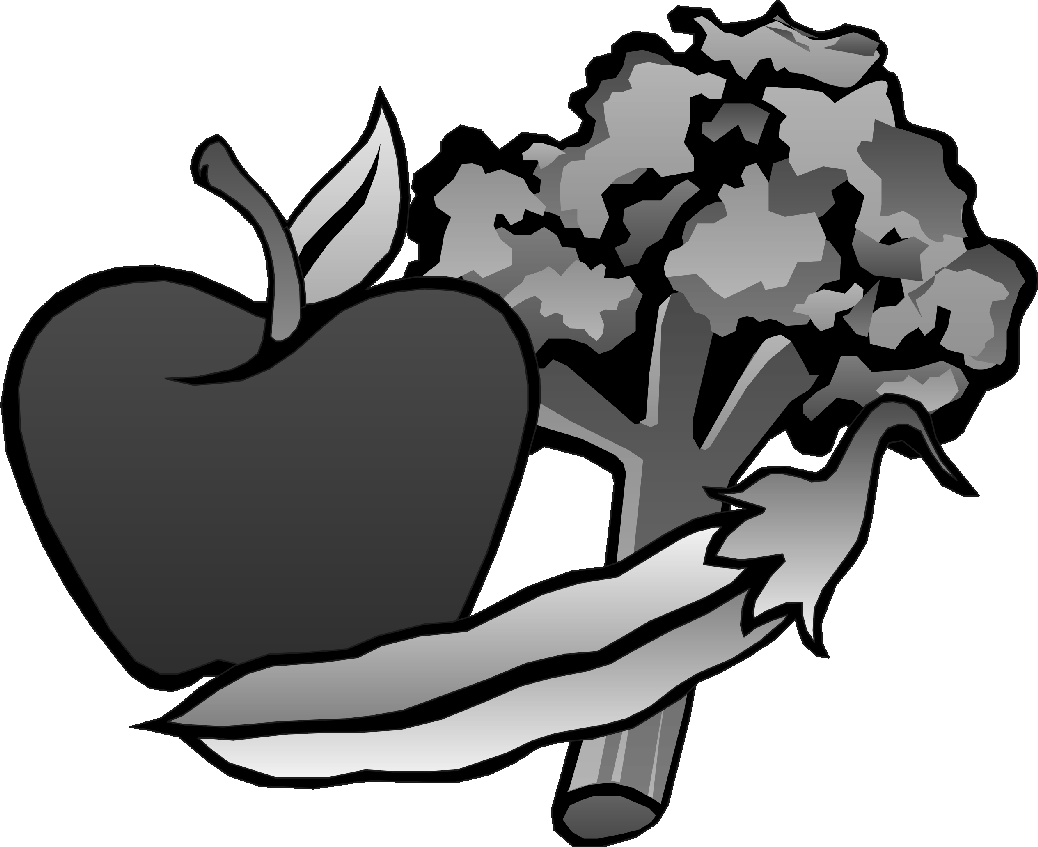Heart Disease
Indians around the world have the highest rates of sickness and death from coronary artery disease (CAD). CAD affects about 10% of the urban population of India. When compared to Europeans and other Asians, CAD rates are two to four times higher in Indians overall and five to ten times higher in those who are younger than 40 years of age. The prevalence of CAD in urban adults is estimated to be 7 – 10% in North India and as high as 14% in South India.
 CAD is the commonest variety of heart disease, which manifests as angina pectoris (acute heart-related chest pain), acute myocardial infarction (heart attack) or sudden death.
CAD is the commonest variety of heart disease, which manifests as angina pectoris (acute heart-related chest pain), acute myocardial infarction (heart attack) or sudden death.
The heart pumps blood through blood vessels to supply oxygen and nutrients to all parts of the body. Oxygen is the fuel for the energy needs of the body. The heart also needs blood to function, which is supplied by blood vessels known as coronary arteries. When an artery supplying blood to the heart gets clogged, then formation of a blood clot in it can lead to a heart attack. The artery gets blocked by the progressive deposition of cholesterol in the vessel wall leading to plaque formation.
Heart attack warning signs:- Chest discomfort
Feeling uncomfortable with pressure, squeezing, pain, and heaviness in the centre of the chest, which lasts more than a few minutes, goes and comes back (especially if it lasts beyond thirty minutes or is not responding to a nitrate tablet) is strongly suggestive of a heart attack.
- Discomfort in other parts of the body besides the chest
Discomfort (pain or heaviness) may be present in the arms, back, neck or jaw. Chest discomfort may spread to the arms, shoulders, jaw or neck or may travel to the chest from these areas. Less common is upper abdominal pain with a feeling of fullness, acidity or indigestion which does not respond to antacids. Any of these pains should not be ignored but should be checked for a possible heart attack.
- Shortness of breath
Shortness of breath or breathlessness may be present before, during, or after chest pain (or discomfort). In addition, nausea, sweating, or light-headedness (giddiness) may be present. Sometimes breathless-ness without pain or choking without a feeling of pain may be the only symptom.
 What are the known coronary risk factors?
What are the known coronary risk factors?
These can be put under two headings.
- Factors which cannot be modified:
- Age >55 years in men, >65 years in women
- Male sex (males are more prone to atherosclerosis)
- Family history of CAD before 55 years of age (occurrence of CAD in a parent or grandparent before 55 years of age)
- Factors which may be modified:
- High blood cholesterol
- Smoking or tobacco chewing (present/past)
- High blood pressure (BP)
- Physical inactivity (sedentary lifestyle)
- Diabetes mellitus
- Mental stress
- Obesity, especially abdominal fat deposit (waistto hip ratio >0.95 in males, >0.85 in females)
 The prevalence of hypertension (high blood pressure) in Indians is not extraordinarily high; smoking is more prevalent among westerners. The average level of cholesterol in Indians is also lower. Still Indians are prone to CAD at a young age. This so-called ‘Asian paradox’ is probably due to many factors such as:
The prevalence of hypertension (high blood pressure) in Indians is not extraordinarily high; smoking is more prevalent among westerners. The average level of cholesterol in Indians is also lower. Still Indians are prone to CAD at a young age. This so-called ‘Asian paradox’ is probably due to many factors such as:
- The high prevalence of diabetes mellitus.
- Raised blood triglycerides or low HDL (good cholesterol) levels.
- Abdominal obesity: This is an important risk factor for CAD. It results from an excess of insulin in the blood and resistance to its action. Insulin resistance leads to a high blood triglyceride level, low HDL levels, abdominal obesity, and an increased risk of hypertension and diabetes mellitus, all of which increase the risk of CAD. This is sometimes referred to as ‘Syndrome X’ or ‘Metabolic Syndrome’.
- Physical inactivity.
- Excessive consumption of desi ghee and coconut oil.
- Consumption of hydrogenated fats like vanaspati.
- Lipoprotein A: This is a special variety of cholesterol and is an important CAD risk factor. Its levels have been found to be three times higher in Indians, than in European and Chinese populations.
- A genetic tendency to both high triglycerides and low HDL levels.
Heart attacks most commonly occur between 4:00 a.m. and 10:00 a.m. The possible reasons are that blood pressure increases abruptly in the morning, the anti-clotting mechanism of blood is least efficient at this time, and coronary arteries are also in a state of constriction during morning hours.
What should be done if an acute heart attack is suspected?- Get to the nearest hospital at once.
- Sit upright on the way unless you feel light-headed.
- Keep a nitroglycerin tablet under your tongue if it has already been prescribed for angina (chest pain).
- Take a tablet of aspirin with water; this may control the damage to the heart.
Prevention of CAD
Role of diet in CAD preventionHealthy eating and desirable lifestyles are the most important strategies. Medicines are required in some cases.
 Basic principles of healthy eating
Basic principles of healthy eating
- Eat a variety of foods.
- Eat in moderation.
- Restrict total fat intake.
- Minimise saturated fat intake.
- Avoid hydrogenated fats.
- Reduce cholesterol intake.
- Ensure adequate fibre intake.
- Restrict intake of simple sugars, refined carbohydrates, caffeine and salt.
- Eat plenty of cereals, pulses, vegetables and fruits.
- Eat a moderate amount of low-fat dairy products.
- Restrict the amount of fat, especially in fried foods and sweets.
- Consume skimmed milk and skimmed-milk products.
- Eat plenty of fresh fruits and vegetables.
- Use low-fat sweets and snacks.
- Use low-fat cooking methods to reduce the overall fat content in your diet.
- When cooking, desirable methods are steaming, grilling, boiling, baking, and microwaving.
Unsaturated fatty acids (PUFA – polyunsaturated fatty acids, and MUFA – monounsaturated fatty acids) are preferred over saturated fatty acids. Saturated fatty acids increase LDL (bad cholesterol) production, thereby increasing the risk of CAD, while unsaturated fatty acids (PUFA and MUFA) reduce LDL cholesterol; hence they are preferred.
However, unsaturated fatty acids containing excessive PUFA can be detrimental because they may reduce HDL cholesterol also, which is a good cholesterol. There is no single oil available that contains both PUFA and MUFA in balanced amounts. Therefore, it is better to use a combination of oils having an appropriate balance between PUFA and MUFA and to minimize saturated fatty acid intake.
For example, one can use sunflower oil, having a high PUFA, combined with mustard oil, which has a high MUFA. Similarly, the following are examples of some oils that can be used together to achieve a balance between PUFA and MUFA:- Ground nut oil + mustard oil
- Til oil + mustard oil
- Rice bran oil + soybean oil
Saturated fatty acids are normally solid or semi-solid at room temperature. Examples are coconut oil, vanaspati, and desi ghee. Unsaturated fatty acids are normally in a liquid state at room temperature. Examples are: safflower, sunflower, til, rice bran, mustard, ground nut, and soybean oils.
Role of dietary fibre in prevention of CADDietary fibre is that part of food that is not digested in the stomach and small intestine. Soluble fibre prevents constipation and bowel cancer.
 Sources of soluble fibre
Sources of soluble fibre
Oats, legumes, gur, barley, apples, citrus fruit, carrots, etc.
Sources of insoluble fibreWhole wheat, bran, green vegetables, fruits, etc.
Benefits of fibre- Reduces weight.
- Reduces blood sugar and serum lipids.
- Prevents several benign gut disorders and colon cancer.
- Relieves constipation.
- Satisfies hunger and provides a feeling of comfortable fullness.
- Is a good source of vitamins and minerals.
- Do not peel the skin of fruits like apples and pears.
- Eat sprouts, whole legumes (rajmah, kala chana), soybeans, husked dals (moong chilka, urad chilka) rather than dhuli (washed) dals.
- Don’t sieve wheat flour.
- Use brown bread rather than white bread.
- Eat green leafy vegetables and salads regularly.
- Add lots of vegetables to idli, poha, upma, rice, dalia, noodles, macaroni, and pastas to make dishes rich in fibre.
- Use methi (seed/powder) in your diet.
- Use white oats rather than corn flakes for your breakfast.
- Eat whole-wheat roti, or stuffed roti (palak, gobi, mooli) rather than naan, rumali roti and parathas.
Too much sugar promotes undesirable weight gain and tends to increase the triglyceride levels.
When is drug treatment for high cholesterol called for?Medication may be required in addition to dietary measures when:
- There is a strong genetic predisposition (family history) for an abnormal lipid profile. (A lipid profile is the term given to the estimation of total cholesterol: HDL, LDL, lipoprotein cholesterol, and triglycerides).
- Blood cholesterol or the triglyceride level is severely elevated (blood cholesterol >250 mg/dl, triglycerides >200 mg/dl).
- Dietary and other lifestyle measures do not control levels.
Safety and effectiveness of drug therapy should be reviewed by periodic lipid profile and liver function tests. Drug therapy should be considered a lifetime commitment. Generally, if medication is stopped, cholesterol returns to previously high levels. Diet control and medication stabilise heart disease, stops further cholesterol deposition in arteries and may even result in some regression of established deposits.
Food Guide for a Healthy Heart
| Foods | Prefer | Limit | Avoid |
|---|---|---|---|
| Cereals | Wheat, rice, ragi, bajra, maize, jower | Foods prepared with maida (white bread, biscuits) | Cakes, pastries, naan roti, rumali roti, noodles |
| Pulses | Whole and sprouted, dals | – | – |
| Vegetables | Green leafy vegetables and other vegetables | Roots and tubers | Fried vegetables, banana chips, canned vegetables |
| Fruits | Fresh fruit | – | Dried fruit, canned fruit in syrup |
| Dairy products | Low fat milk, buttermilk, skimmed milk | Whole milk, milk powder | Cheese, butter, khoa, cream, condensed milk |
| Fat | Vegetable oil combinations | Total fat intake, coconut oil,
ghee |
Oily dishes, vanaspati, deep fried foods, butter |
| Sugar and sugar products |
Sugar, jaggery | Sugar in any homemade beverages, all nuts and oil seeds | Sweets such as chocolates, ice creams, gulab jamun, jalebi |
| Nuts and oil seeds | – | All nuts and oil seeds | – |
| Beverages | Water, fresh fruit juice (no added sugar), light tea | Coffee, soft drinks |
Alcohol |
| Salt | Foods in natural state
without salt |
Too much salt in preparations | Pickles, salt, papad, sauces, biscuits, fried crispies |
Sodium Content of Food
| Vegetables | Mg |
|---|---|
| Bitter gourd | 2.4 |
| Parwal | 2.6 |
| Brinjal | 3.0 |
| Onion | 4.0 |
| French beans | 4.3 |
| Pumpkin | 5.6 |
| Lady finger | 6.9 |
| Peas, green | 7.8 |
| Colocasia Arbi | 9.0 |
| Sweet potato | 9.0 |
| Yam | 9.0 |
| Cucumber | 10.2 |
| Potato | 11.0 |
| Tomato ripe | 12.9 |
| Radish, white | 33.0 |
| Tinda | 35.0 |
| Carrot | 35.6 |
| Cauliflower | 53.0 |
| Lettuce | 58.0 |
| Spinach | 58.2 |
| Coriander leaves | 58.3 |
| Beet root | 59.8 |
| Jack fruit | 63.2 |
| Radish, pink | 63.5 |
| Fenugreek leaves | 76.1 |
| Lotus stem | 438.0 |
| Other | Mg |
|---|---|
| Buffalo milk | 19.0 |
| Coriander seeds | 32.0 |
| Cow milk curd | 32.0 |
| Neem leaves | 72.0 |
| Cow milk | 73.0 |
| Cumin seeds | 126.0 |
| Fruits | Mg |
|---|---|
| Plum | 0.8 |
| Anar | 0.9 |
| Peaches | 2.0 |
| Phalse | 4.4 |
| Orange | 4.5 |
| Guava | 5.5 |
| Chikoo | 5.9 |
| Papaya, ripe | 6.0 |
| Pears | 6.1 |
| Papaya green | 23.0 |
| Mango, ripe | 26.0 |
| Watermelon | 27.3 |
| Apple | 28.0 |
| Pineapple | 34.7 |
| Banana | 36.6 |
| Mango, green | 43.0 |
| Melon | 104.6 |
| Lichi | 124.9 |
| Grains | Mg |
|---|---|
| Jowar | 7.3 |
| Wheat vermicelli | 7.9 |
| Wheat flour refined | 9.3 |
| Maize, dry | 15.9 |
| Wheat flour | 20.0 |
| Semolina | 21.0 |
| Green dram dal | 27.2 |
| Red gram dal | 28.5 |
| Bengal gram whole | 37.3 |
| Black gram dal | 38.8 |
| Lentil whole | 41.1 |
| Bengal gram | 73.2 |
| Amaranth | 230.0 |
Ideally, everybody should have a lipid profile at the age of twenty years. This is to assess the future risk of CAD. It also helps detect genetic abnormalities of cholesterol and TG levels. If the lipid profile is normal at twenty years, it may be repeated after five years.

Normal levels of lipids
| Lipid | Desirable range |
|---|---|
| Cholesterol | <200 mg% |
| LDL cholesterol | <100 mg% |
| HDL cholesterol | >40 mg/dl for men >60 mg/dl for women |
| Triglycerides (TGS) | <150 mg/dl |
- Family history of CAD or stroke especially before the age of fifty-five years
- Family history of high blood cholesterol
- Lipid deposits appear as cream-coloured elevated patches over eyelids
- Obesity, hypertension, diabetes or thyroid problems
- History of excessive drinking of alcoholic beverages
- Continuous use of oral contraceptives over many years.
Regular exercise prevents CAD and premature death and is one of the most important parts of a healthy lifestyle. The risk of heart attack is greatly reduced by regular exercise, which keeps blood pressure and heart rate at relatively lower levels.
Regular physical activity also raises the blood levels of HDL cholesterol, which protects against fat deposits in blood vessels and prevents heart attacks. Persons suffering from high blood pressure can avoid or reduce drug intake through regular physical activity. Exercise improves blood circulation to the legs and reduces leg cramps.
Modest exercise of thirty minutes, three to five times a week, is enough. The level of physical effort may always be increased gradually. Brisk walking, swimming, cycling or light games (badminton and table tennis) are good. Weight lifting does not help with fitness although it improves strength.
Safety rules for exercise- Exercise either before, or two hours after, major meals.
- Avoid exercise when unwell.
- Do not discontinue exercise for more than two weeks at a stretch.
- Avoid exercise that is too vigorous if it is not usually what you do.
- Avoid holding your breath.
- Avoid difficult and unenjoyable exercises.
- Overweight people should select low-intensity exercises such as brisk walking and gradually increase activity over time.
- Slow down your pace during extremely hot weather.
- Protect yourself from extremely cold weather by wearing sufficient clothing.
- Drink plenty of water.
Stress activates the sympathetic nervous system, resulting in a faster heartbeat, high blood pressure and constriction of the coronary arteries, all of which increase the oxygen requirement of the heart muscles. Stress also promotes clot formation within these vessels.
Although easier said than done, one should learn to cope with stress by:- Relaxation exercises
- Meditation
- Hobbies
- Physical activity
- Positive thinking
- Yoga
Smoking is a major risk factor for CAD. Smoking is in fact the major (often the only) risk factor for CAD in people below forty years of age. The prevalence of CAD in smokers is three to five times greater than that in non-smokers. The nicotine present in tobacco leads to an increase in heart rate and blood pressure and narrowing of the blood vessels.
Does giving up smoking help?The risk of CAD begins to decrease within one year of quitting smoking even in lifelong smokers. The risk continues to fall further with abstinence from smoking. See also pages 54-57.
Managing stressStress management is a learning process. First, identify the particular cause of your stress. Second, take steps to change those circumstances that are stressful, whenever possible. Third, relearn ways to cope with stress in your everyday life.
 The following are a few suggestions for coping with stress:
The following are a few suggestions for coping with stress:
- Do not waste energy being upset over little things. Remember that stress is our reaction to situations, not the situation itself. Often it helps to talk it out and get a different perspective on the situation while at the same time venting your concerns; venting does not mean angry shouting.
- Escape from the stress for a period of time. Exercise – taking a walk before lunch to get rid of the morning’s frustrations or taking a walk after work to help unwind – can be very helpful to reduce your stress.
- Beware of the urge to do and be the best at everything. Set priorities, establish realistic goals and stop trying to do too much.
- Take time to relax daily whether you learn relaxation techniques or just take time out for a favourite hobby.
- Take it easy with criticism or arguments. Stand your ground on what you believe is right, but make allowances for the other party. Search for the positives in an argument, and in a critical person, as well as your own positive qualities.
- Finally, if stress seems out of control, discuss it further with your doctor or other health-care professional.
Obesity increases the risk of fatal heart attacks because:
- Obesity is associated with a higher risk of nearly all risk factors except smoking.
- Blood cholesterol, triglycerides, and glucose levels, as well as blood pressure tend to rise with weight gain.
- HDL (good) cholesterol falls with weight gain.
A good measure of obesity is the body mass index (BMI). This is calculated as weight in kilograms divided by the square of height in meters.
| Weight Height2 | |
|---|---|
| Normal BMI | 19 – 24.9 |
| Overweight | 25 – 29.9 |
| Obese | 30 – 40 |
| Morbid Obesity | >40 |
Yes, weight reduction often reduces blood pressure to normal levels. It improves glucose levels and control of diabetes. It also reduces the frequency and severity of angina and the risk of heart attack and improves the pumping efficiency of the heart.
Do not ignore signals of a heart attack.
Do not hesitate to seek medical help.